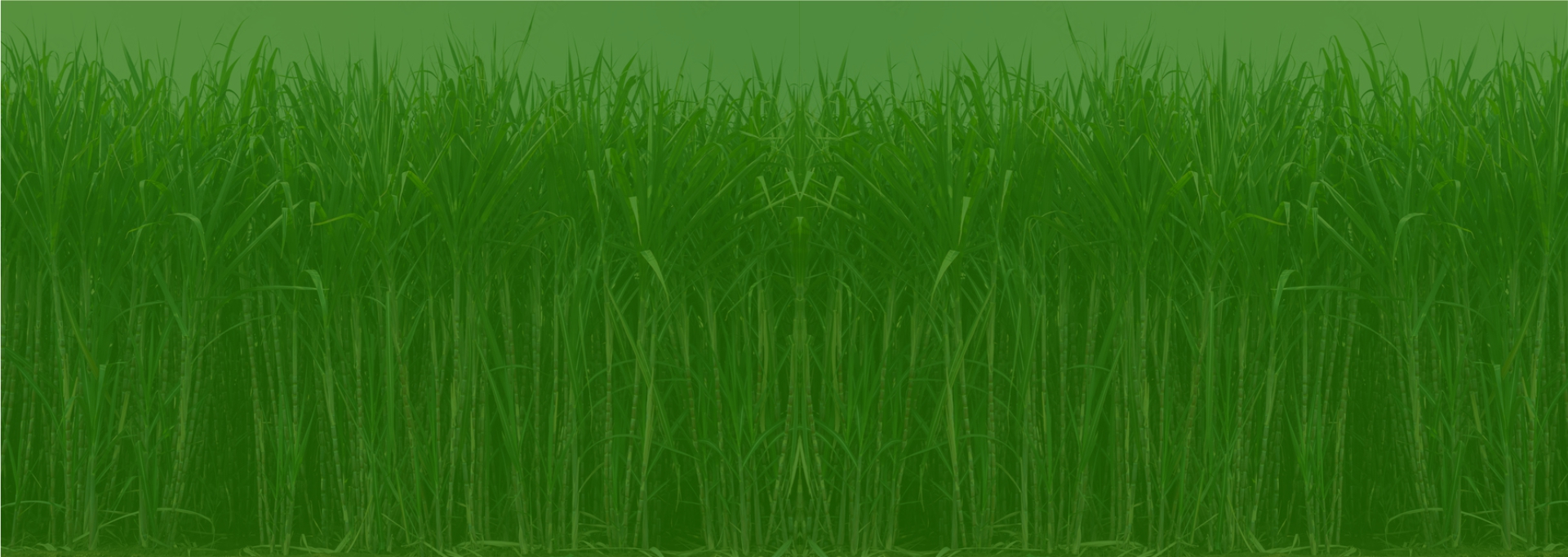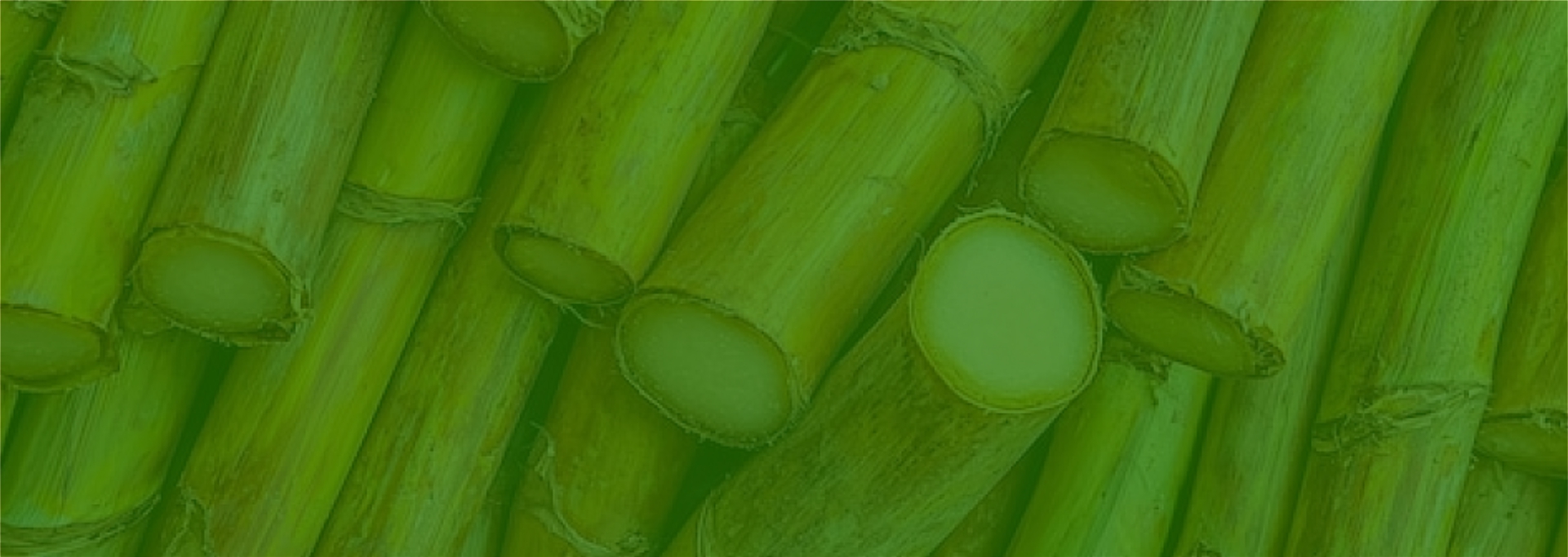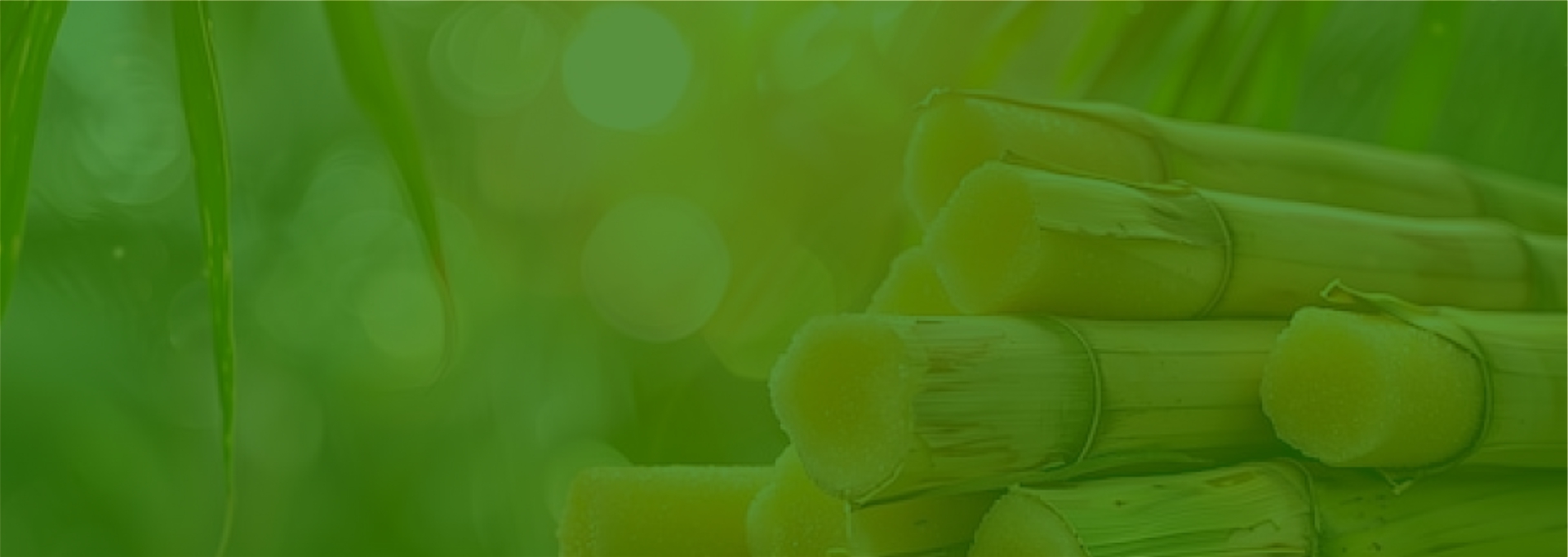Cane Advisory Services (CAS) for Sugarcane Growers
Sugarcane (Saccharum officinarum L.) is cash cum industrial sugar crop in India, which holds a prominent position in the national economy as an industrial crop. Being a C4 plant it play an important role in CO2 fixation and lowers down the photorespiration activity. Sugarcane is a tall, erect perennial plant growing up to 5-6 meters with multiple stems. It is the long duration sugar crop which is cultivated in an area of about 3.93 million hectares with an annual production of 170 million tones. India has the largest area under sugarcane cultivation and globally, India stands second in sugarcane production after Brazil. Sugarcane is grown worldwide, between the latitude 36.7 ° N and 31.0 ° S ranging from tropical to subtropical areas. Approximately 80 per cent of sugar is derived from sugar cane and the remaining 20 per cent is derived by sugar beet. It offers jobs to over a million people, directly or indirectly, in addition to making a substantial contribution to the national exchange. It is primarily grown as a sugar crop. Sugar juice is used for making sugar, khandsari and jaggery (gur) and sugarcane byproducts like bagasse, molasses, etc. now a days, used for production and manufacture of ethanol and energy production in commercial scale. In Sugarcane excess number of tillers produced which is not desirable for juice quality, so these excess tillers can be used for fodder purpose. Bagasse is generally used for fuel purposes, but now it can be used for making cutlery which is biodegradable and eco-friendly. Press mud is used for manuring in alkaline and saline soils. Sugarcane gaining more importance in the current scenario and Government is also promoting sugarcane production on a large scale in the country.







